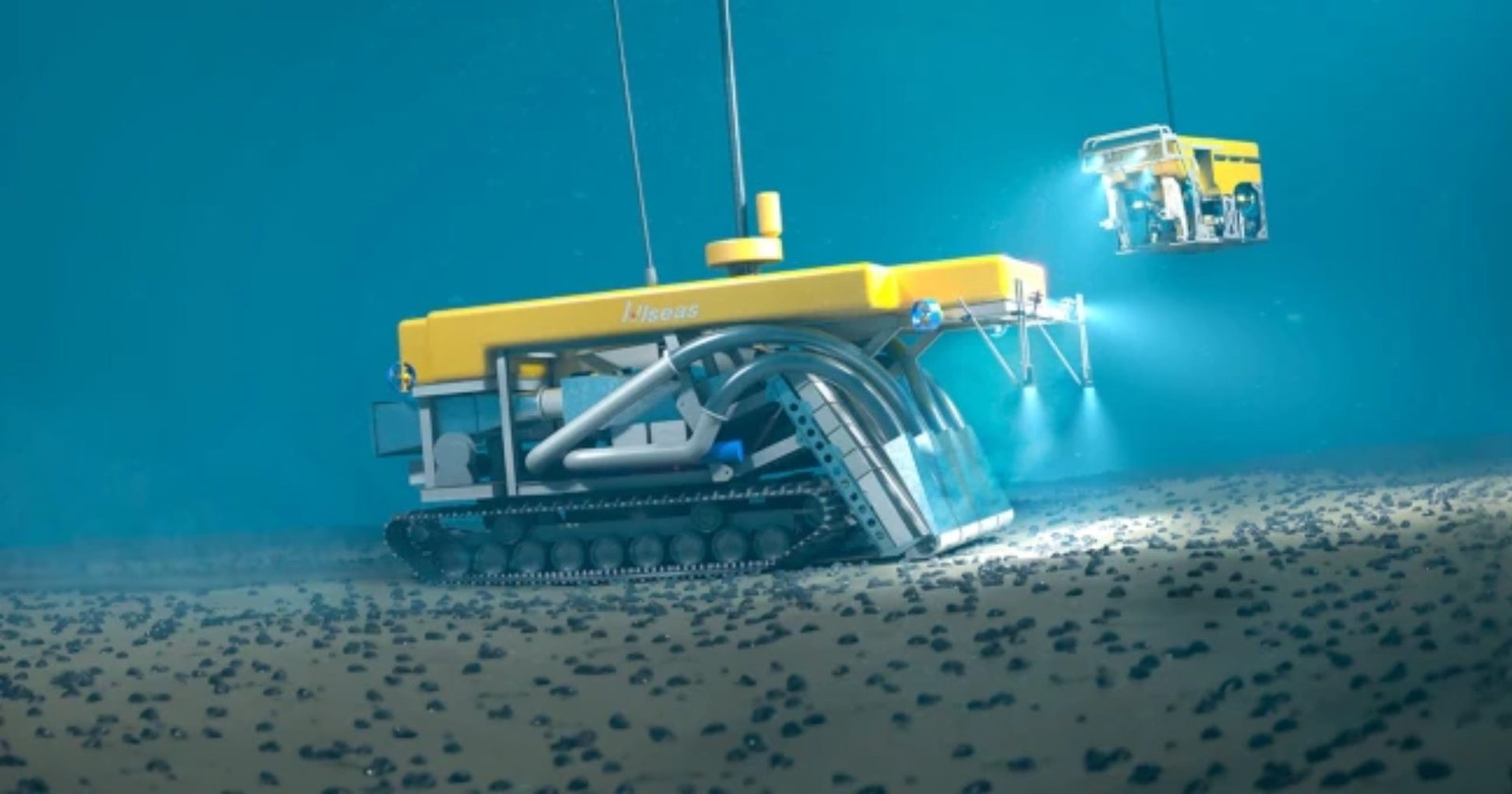The world is racing to reduce greenhouse gas emissions and combat climate change. But as demand for key minerals like lithium, cobalt, and graphite soars, the search for these crucial components of electric car batteries, wind turbines, and solar panels is getting more intense.
Underwater Mining Machines
Subsea Collector is an underwater vehicle designed to move along the seafloor, collecting polymetallic nodules scattered across the ocean floor. Each PSV ship has at least one Subsea Collector on board, powered and controlled directly by the ship.
These machines crawl along the seafloor, slowly gathering nodules. They usually use caterpillar tracks to move steadily on the rough ocean floor.
Lifting Nodules to the Surface
There are several ways to lift polymetallic nodules from the seafloor, but the Riser Air-Lift System (RALS) is the most common method. This system uses compressed air to reduce water density and create buoyancy, efficiently pushing the nodules to the surface.
Separating Nodules from Water and Air
When water, nodules, and air are lifted to the PSV ship via RALS, they need to be separated. A centrifugal separator is typically used for this task.
This equipment spins the mixture, using centrifugal force to separate the nodules from water and air. The denser nodules are pushed to the outer edge, while less dense materials stay in the center, making it easy to extract the nodules.
What’s Next?
Despite years of research, our knowledge of the ocean is still limited. Many worry that underwater mining could harm the marine ecosystem and have long-term environmental consequences.
However, underwater mining can be done within a country’s territorial waters or exclusive economic zone (EEZ), which extends about 200 nautical miles (370.4 kilometers) from the coast, according to international law.
Several countries, including the Cook Islands, Norway, and Japan, are investing in underwater mining within their own waters, exploring and developing technologies to extract minerals from the ocean floor. This could become a vital resource in the future.
Sources:

